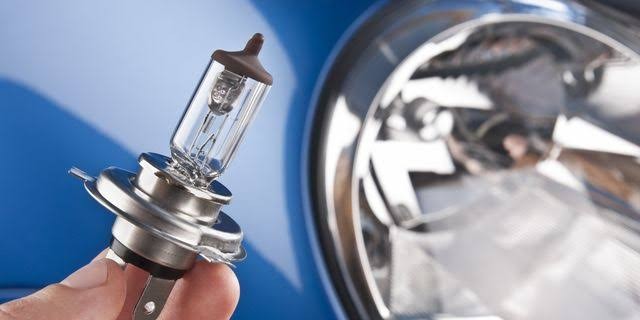From halogen to HID and LED bulbs, the automotive industry offers a wide range of options to meet different lighting needs. Each type of bulb comes with its own advantages and applications, allowing drivers to enhance safety, visibility, and aesthetics.
Automotive bulbs play a crucial role in ensuring clear visibility, enhancing safety, and adding aesthetic appeal to vehicles. From headlights to taillights, fog lights to interior illumination, there are numerous types of bulbs used in automobiles. In this article, we will explore the most common and popular types of automotive bulbs, highlighting their features and applications.
Halogen Bulbs:
Halogen bulbs are the most widely used type of automotive bulbs. They feature a tungsten filament encased in a halogen gas-filled quartz bulb. Halogen bulbs provide a bright and long-lasting light output while being relatively affordable. Common halogen bulb types include:
- H1: Mainly used in high-beam headlights.
- H3: Primarily used in fog lights and auxiliary lamps.
- H4: Also known as 9003 bulbs, these are dual-filament bulbs used in both high and low beam headlights.
- H7: Commonly found in low-beam headlights and fog lights.
- H11: Often used in fog lights and auxiliary lamps.
HID Bulbs (High-Intensity Discharge):
HID bulbs, also referred to as xenon bulbs, produce a bright, white light by passing an electric arc through xenon gas. They offer increased visibility and a longer lifespan compared to halogen bulbs. HID bulbs are available in different types, including:
- D1S/D2S/D3S/D4S: Used in high-end vehicles with factory-fitted HID lighting systems.
- D2R/D4R: Designed specifically for reflector-type headlight housings.
- D2C: A universal HID bulb type that can be used with both reflector and projector-type headlight housings.
LED Bulbs:
LED (Light Emitting Diode) bulbs have gained immense popularity due to their energy efficiency, durability, and versatility. LEDs produce bright and focused light, with a longer lifespan compared to traditional bulbs. Common types of LED bulbs in automotive applications include:
- 3157/3156: Dual-function bulbs used in turn signals, brake lights, and taillights.
- 7443/7440: Similar to 3157/3156 bulbs, but with a different pin configuration.
- 921: Used in interior lights, such as dome lights and trunk lights.
- H8/H9/H11: LED replacements for fog lights and low beam headlights.
- 9005/9006: LED bulbs used in high beam and low beam headlights, respectively.
Incandescent Bulbs:
Incandescent bulbs, also known as standard bulbs, have been used in older vehicles but are gradually being replaced by more advanced technologies. They produce light by passing an electric current through a filament. Some common types of incandescent bulbs include:
- 1157/1156: Used in older vehicles for turn signals, brake lights, and taillights.
- 194/W5W: Miniature bulbs used in various interior and exterior lighting applications, such as parking lights and license plate lights.
Conclusion:
When replacing bulbs in your vehicle, it is essential to consult the owner's manual or seek professional assistance to ensure compatibility and proper installation. By understanding the various types of automotive bulbs available, you can make informed decisions about choosing the right bulbs for your specific requirements.

Comments (0)
Please login to join the discussion
Be the first to comment on this article!
Share your thoughts and start the discussion